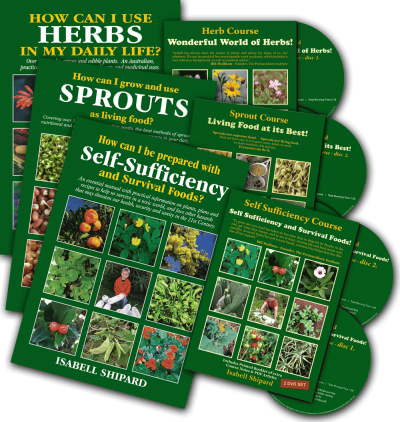Wild Iris, Flag Lily, Liver Lily, Snake Lily, Fleur-de-lis
Iris versicolor F. Iridaceae
Description
Clumping, hardy perennial to 1 metre. Broad, sword shaped leaves in a fan-like formation, joined at the ground to a thick, root rhizome. The plant may go dormant in the winter, dying down to ground level. Blue flag is a bog plant, but will also grow in the garden. We have grown the plant in garden beds for the last 15 years, and they rarely get watered. Rich, loose soil will ensure that the rhizomes can develop rapidly, as this is the main part used medicinally. The reddish/brown rhizome has a light, sweet, earthy aroma when cut. Internally, the root is cream in colour. Eye-catching flowers form on cylindrical, tall stems, in colours ranging from blue to lavender and purple. It is a typical iris flower with delicate, petal-like spreading sepals, and 3 upward curving petals. Seeds form in a round, leathery capsule.
… … omitted text, please see How can I use HERBS in my daily life? for full text.
The bitter tasting root has had official listing in the United States Pharmacopoeia and has produced the commercial source of Iridin or Irisin. Iridin works powerfully on the liver. The root is used fresh or dried, but whichever way it is employed, must be used with care, as excessive use can cause burning of the throat, nausea and diarrhea. Long-term high doses are said to bring on a feeling of fatigue and dehydration, due to the plant’s powerful, diuretic action.
Medicinal uses have included: edema, blood cleanser, ailments of adrenal glands, thyroid, kidneys, liver, gall bladder, pancreas, genitals, lymphatics, constipation and rheumatism. Blue flag has a stimulating effect on the flow of saliva, bile and gastric secretions. An American Indian herbal use was to make a tea of the root and combine it with cobalt sulphate for cancer of the lymphatics and kidneys. Blue flag has been noted to have a healing action on the prostate gland. Leaves as an infusion, or the flowers boiled in a syrup with water and sugar, was an old remedy for both constipation and intestinal worms. To make an infusion, use 1 teasp. of root to 1 pint of boiling water. Cool. Sweeten with honey and drink 3 times a day. It is recommended that taking infusions and tinctures be done with the guidance of a herbalist. Externally, the fresh root pounded to a pulp is said to be one of the best poultices for inflammation around the nails of fingers and toes. Leaves are applied externally on bruises and eruptive skin conditions.
… … omitted text, please see How can I use HERBS in my daily life? for full text.


